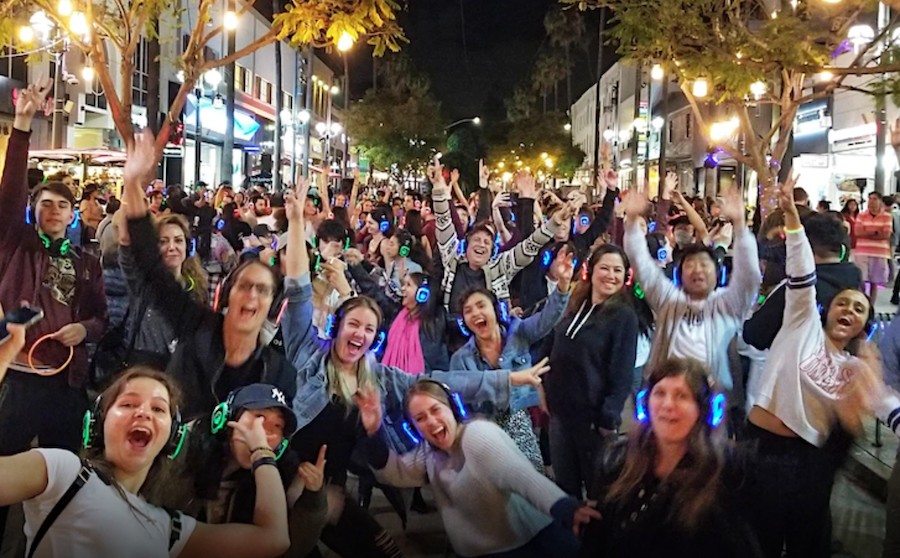Santa Monica water quality remains poor
By Sam Catanzaro and Keldine Hull
The Santa Monica Pier is off the “Beach Bummer” list for the first time six years but the water quality at the iconic landmark remains an issue.
The list, released by Heal the Bay, is part of the environmental non-profit’s annual water quality report card for beaches and watersheds across Southern California. Since 2014, the Pier was a steady fixture on the list, which ranks the most polluted beaches in the region, but as the City of Santa Monica put resources into addressing water quality around the Pier, this year the Pier is officially no longer a “beach bummer.”
“Over the years, the City has continued to implement numerous efforts, such as the Santa Monica Urban Runoff Recycling Facility (SMURRF), Pier storm drain reconstruction, and bird deterrent installations to keep polluted runoff out of the Santa Monica Bay. These efforts improve local coastal water quality, as well as store runoff for beneficial uses, and increase the City’s local water resource supply and reduce the use of imported water,” said City Engineer Rick Valte.
In addition, last year, the City completed the Clean Beaches Project, a 1.6 million gallon underground storage tank and pipe system at the Pier. This project was designed to collect rainwater Downtown Santa Monica to keep it from flowing into the Santa Monica Bay. That collected water is then diverted to the SMURRF for treatment and distribution for non-potable uses. The project also collects dry and wet weather runoff from Moomat Ahiko Way and other areas around the Santa Monica Pier which previously discharged directly into the ocean.
To ensure year-round usefulness, the project has the ability to collect brackish groundwater and divert it for treatment at the SMURRF.
“While it is difficult to credit the water quality improvement for 2019 to any one project, the impact of the Clean Beaches project working in concert with the City’s other strategies is certainly a major step in the right direction, and hopefully, this improvement will continue in future years,” Valte said.
Despite these efforts by the City, however, Heal the Bay’s report card showed that water quality by the Pier remains poor with a C grade given for summer and dry winter days and an F grade during wet winter days. For comparison, the Pico Kenter storm drain just to the south of the Pier and the Wilshire storm drain just to the north were both given A grades during the summer. All Santa Monica beaches were given an F grade in wet weather.
Further north, many beaches in Malibu earned poor winter grades, specifically Surfrider Beach (D and F), Leo Carillo (F and F), Paradise Cove (F and F) and Zuma Beach (D and F)
According to Heal the Bay, the Woolsey Fire in November may be partly to blame for poor water quality in the nothern parts of Los Angeles County.
“We investigated the impact of the Woolsey Fire on Malibu beaches and found that water quality grades decreased dramatically after the fire. Wildfires increase runoff due to vegetation loss and infrastructure damage,” Heal the Bay said. “As the effects of climate change are realized, we can expect more wildfires and more rainfall across coastal areas of California, which can have a negative impact on water quality and public health if no preventative actions are taken to protect our communities and natural habitats.”
For the last 25 years, the BRC has provided valuable information on water quality at beaches throughout California, Oregon, and Washington.
According to Heal the Bay, “The public must have accessible and easy- to- understand information about water quality so they can make informed decisions about where and when to get in the water.” Higher grades mean safer beaches and a lower risk of illness for beachgoers. Approximately one million ocean beachgoers get sick each year in Los Angeles County and Orange County alone with total healthcare costs of $20 million to $50 million.
Overall, California beach water quality sagged in 2018-19, driven in large part by increased rainfall. California often swings from extended dry periods to shorter periods of intense, wet weather.
“When rains do increase, as we saw in the 2018-2019 winter season, the State of California needs to do a better job of capturing, treating, and reusing runoff so it can be a resource, not a nuisance,” Heal the Bay said.
To see the grades for your favorite beaches, visit: https://www.beachreportcard.org/33.91029999999999/-118.51929100000001/11













